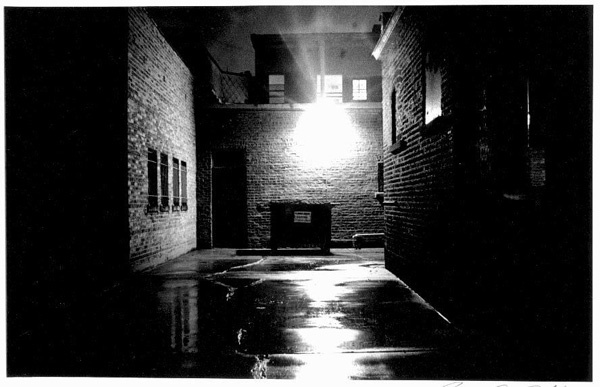Topic: Post an AP Exam-worthy essay to your blog in which you describe how Hamlet's use of language differentiates him from epic heroes such as Beowulf. Support your analysis with three textual examples (you may use your textbook and/or Hamlet; even though you already know it by heart I'm including the "To be, or not to be" soliloquy below)
Language can be used for many reasons. For example , to have a conversation with someone, express a thought out loud or maybe even for control over something or someone. Hamlet is a character that used language to explain what his thought process was and to let his reader know what was going on around him. He also used language to control what occurred throughout the play. Epic heroes use language for dialogue and that is it, it does not go past that. Their language was mainly to provide detail and make the epics entertaining.
Hamlet knew exactly wanted he wanted and that was to get revenge over his uncle for killing his father. His plan of putting on the play-with-in-a-play was processed in his mind and through language he expressed his thought process out loud to the audience. Another example of how Hamlet used language to show his thought process was in his "To be or not to..." soliloquy. He had made the decision to not commit suicide but as far as the audience knew, while he giving his soliloquy he was deliberating between the two choices he had. Hamlet used language to narrate as well as the epic heroes but compared to them Hamlet only narrated his thoughts and everyday life.
The heroes seen in the epics used language to talk with other characters in the epic and to provide detail for the readers. For example, Beowulf talks to let the Danes know that him and his men were Geats and to assure them that they came in peace to help them only. There no reflection in the language used epics. Most of the language and writing in epics is to altar the heroes being talked about. The focus is on how brave, strong, full of care and protective the heroes are. Hamlet on the other hand used language to describe situations he was going to control with language.
Hamlet was very precise and careful about what he said and when he said it. His form of language was very sarcastic and mysterious. When he talked to his two "best friends" he talked with little to no detail and was overly sarcastic to give them the hint that he knew they were spying on him. Hamlet also used language to escape death. He knew when to do things at the right time and how to say things in such a way that only the right people would understand.
In conclusion, the language used in Hamlet is precise and different than the language used in epics. Epics used language to make their heroes seem important and to fill their stories with detail. Hamlet showed self-reflection and a way with language that only a character with his mind would be able to use. He knew how to use words and language to control events occurring in his surroundings. The language used in epics and Hamlet also seems to have been from different periods in time which also have an effect on the way language is read and seen on paper.

